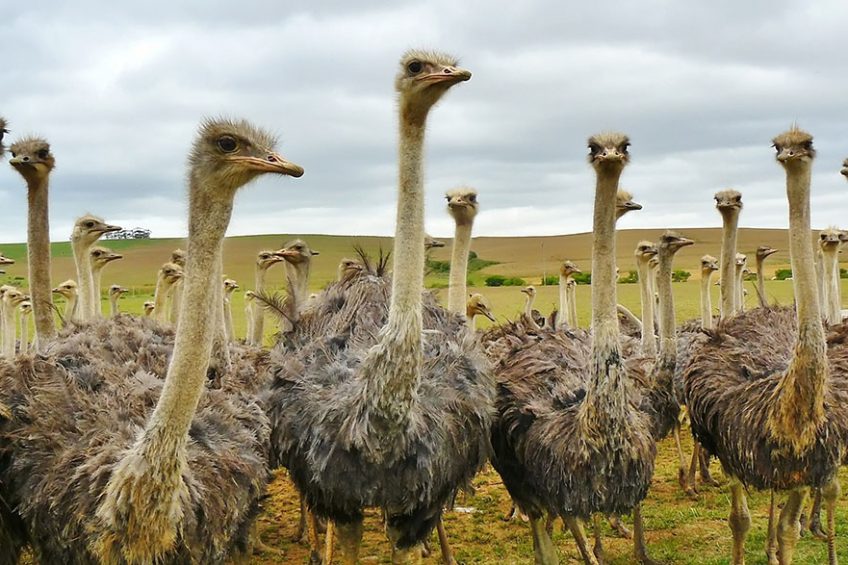Challenges mount for ostrich farmers in South Africa

Ostrich farmers in the Klein Karoo in South Africa anticipate a challenging production.
Due to prolonged droughts, the uncertainty created by the Covid-19 pandemic, and continuing power outages, the ostrich farmers anticipate a challenging production.
“…there is currently no production of any crops whatsoever. This creates a big problem for ostrich producers as there is no lucerne, which is a big component of the rations for ostriches. Feed has to be transported from far, which puts great financial pressure on producers,” Joey Potgieter, chairperson of Agri Klein Karoo, told South Africa’s Farmer’s Weekly, adding that the region was entering its 6th year of drought.
In addition, the price of ostrich products has halved, adding to the concerns of farmers. About 70-75% of the world’s feathers were imported by companies in China, according to Potgieter. Since the closing of borders earlier this year, the feather market has plummeted. “Where we usually received R1,600 for the feathers of a slaughtered bird, the price is now R800 per bird.”
 A complex battlefield: Mycotoxins in the GIT
A complex battlefield: Mycotoxins in the GIT
Mycotoxin management has the utmost priority for animal producers worldwide.
Furthermore, slaughter quotas for the 2020/2021 production year have been introduced to reduce ostrich meat volumes in the market. South Africa produces more than 65% of the world production of ostrich products, according to Piet Kleyn of the SA Ostrich Business Chamber, reports the Independent Online, adding that the country has about 360 registered ostrich holdings although the number of those actively producing is likely fewer than 200. The country’s production of around 150,000 ostriches per year is, however, expected to be subdued. According to Potgieter, most of South Africa’s ostrich meat was exported to Europe, but due to the “stop-go situation” exports as a result of avian influenza outbreaks, many ostrich meat providers have forfeited their shelf space in European supermarkets.













